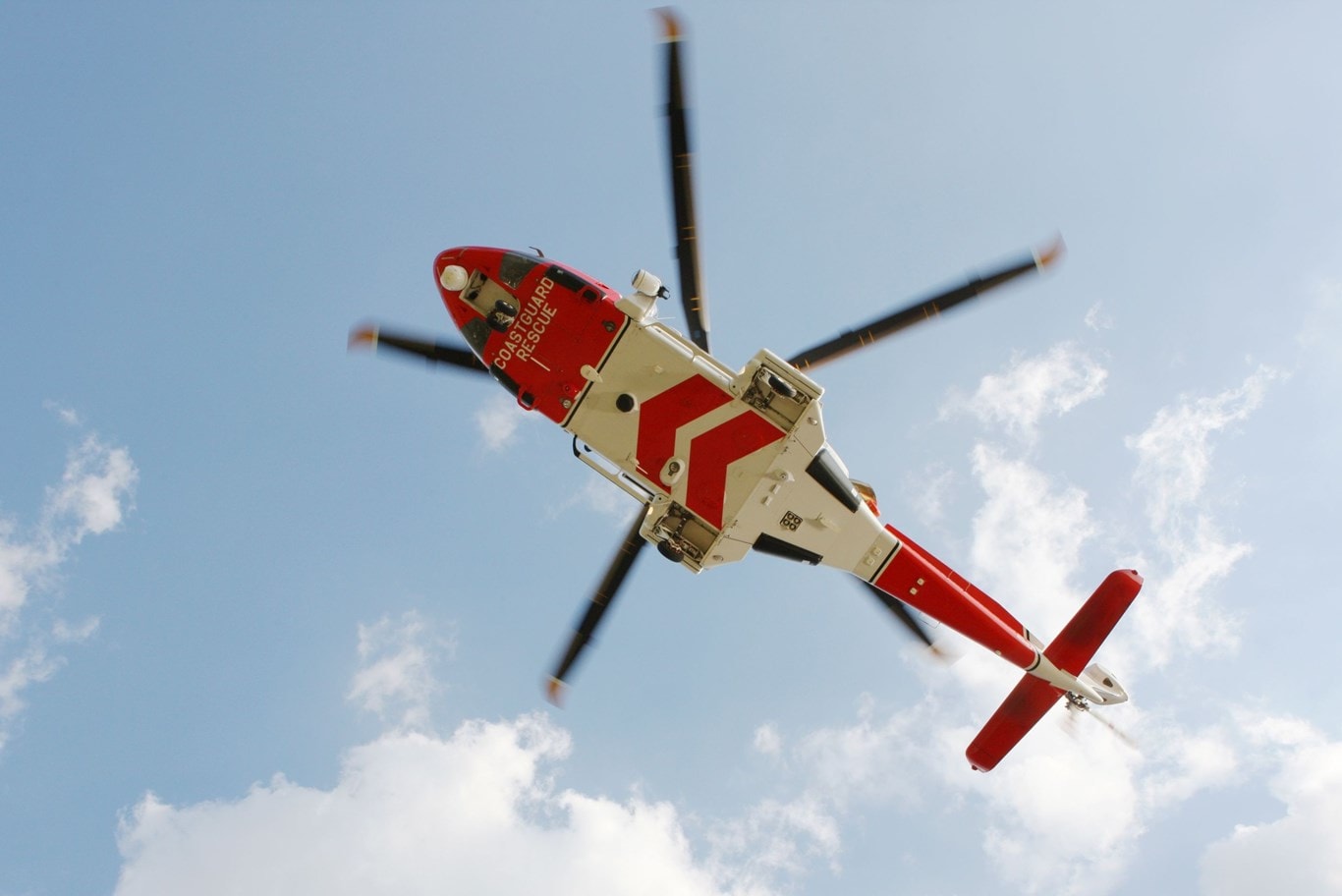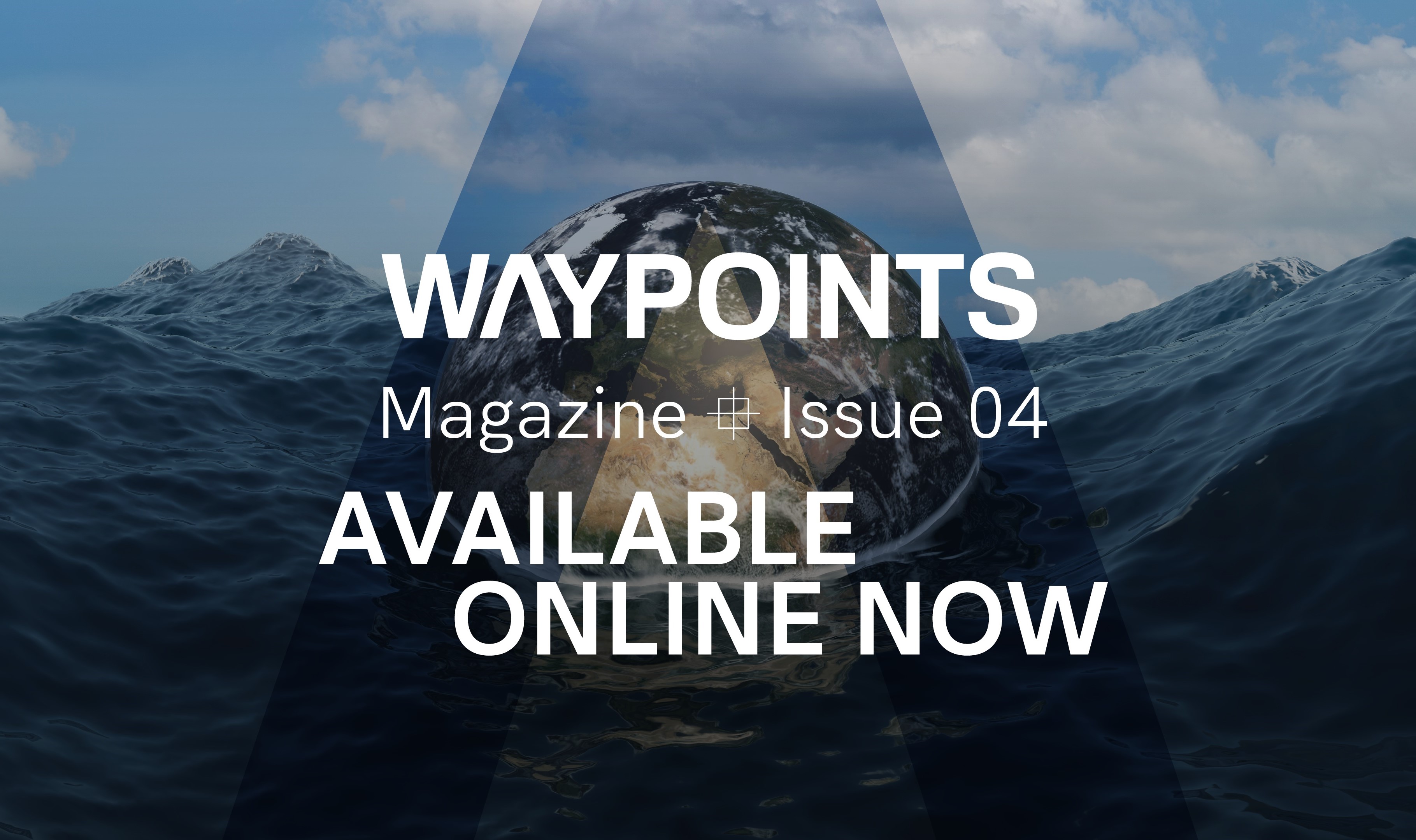Casualty Response - Waypoints Issue 04
An ESG- integrated casualty response approach for the 2020s: Does maritime casualty management influence the ESG performance of shipowners and their insurers and should broader ESG considerations have anything to do with managing maritime casualties?
Environmental Sustainability Consultant, Marittima Ltd.
There are long-established frameworks for responding to maritime casualties and remediating or mitigating their negative impacts. From an international liability regime, well-funded financial mechanisms, through to the technical expertise available all underpin the aims of saving lives, environmental protection and safeguarding affected communities.
Meanwhile, the scope and importance of the sustainability and ESG agenda have grown exponentially in recent years. Various international commitments have cemented the importance to these being considered in tandem with financial performance when it comes to corporate governance. Legislation regulating the identification, disclosure and performance of an organisation on material ESG topics will continue to evolve over the next few years. Targets and performance indicators will expand considerably, beyond solely considering greenhouse gas emissions and decarbonisation.

Established Mechanisms
Already key objectives when responding to casualties, environmental protection and safeguarding the livelihoods and wellbeing of local communities are also key topics that fall under the emerging ESG umbrella. Given the unplanned nature of maritime emergencies, it will be important that longstanding frameworks, processes and financial arrangements are recognised by ESG standard setters and regulators as such. If a shipping company or P&I Club are involved in an incident, and respond in a manner the industry considers best-practice, this should be counted as a positive contributor towards an organisation’s ESG performance. Rapid response, high quality notification procedures and specific contracting mechanisms once an accident does occur have long contributed to a global reduction of shipsourced pollution and casualties which may result in wrecks impacting local habitats and communities.
Standardised Tools
Planned marine development projects have standardised processes for identifying, managing and mitigating environmental, socioeconomic and cultural risks and impacts, and usually required as a basic permitting requirement. This enables project managers to not only identify where their activities may impact people and the environment, but also how local environmental and socioeconomic/cultural conditions may themselves impact the project in terms of timeframes, delays and additional costs. Crucially, it helps early identification of suitable mitigation measures or changes to the project.
Standardised tools and processes such as
environmental and social risk assessment and
lifecycle assessment may increasingly become
a key part in the management mix of the post-emergency response phase.
In all this it is important not to forget that maritime
incidents and casualties are unplanned - the initial
phase of a response is an emergency, reactive
activity. But whether the incident results in a wreck
removal, or as the response to a pollution incident
progresses, activities become more planned and
follow similar pathways to a planned project.
Due to the variety of possible circumstances,
environments and jurisdictions, there is currently
no single and accepted approach to identifying
and managing environmental and social risks.
Costs related to complex casualties or pollution
events are increasing, both in uncertainty and
total quantum due to a combination of reasons.
As an industry, adopting a more systematic
approach with tools to manage environmental and
socioeconomic risks at the planning phase would
enable marine casualty managers to:
- Identify locally relevant ESG factors,
- Understand how these may be impacted by
selected response methods
- Better predict how these factors may influence
the response in terms of time and cost, and
- Better plan for and deploy corrective or mitigatory measures as the project progresses to avoid delays, response related impacts to the environment and people, and a higher quantum of third-party claims.
Such a process needs to be systematic but remaining flexible to accommodate the fact that while the emergency phase may have ended, the project has resulted from an unplanned event, including a huge array of circumstances in terms of location and nature of the project. The best outcomes for people and environment may therefore differ from the rules that govern planned, long term and permanent projects.

Standardised Reporting Format
The International Group and most P&I Clubs now issue impact or sustainability reports to disseminate their strategy and goals. The majority of these have identified responsible management of casualties and all their inherent factors (such as waste management, recycling, protection of life below water) as high priority material topics.
As such, to demonstrate that these goals are
being met, reporting on casualties and incidents
from an ESG perspective in a standardised format
could be considered. Over time, this would enable
better measurement of performance from an
ESG perspective of each response, and how this
contributes to P&I Clubs’ stated aims in their
sustainability strategies.
The embedding of ESG performance into corporate governance is still in its infancy. Where shipping is concerned, ensuring that existing environmental protection and people-focused best practice are captured by eventual standards will be important.
Casualty management could be an important part of this but we should look to learn from other marine spatial planning sectors to identify where and how these processes can be standardised to objectively improve ESG related outcomes, ensure costs and material resources are efficiently deployed and shift from seeking to reduce damage of these incidents to identifying opportunities for creating tangible benefits without wasting resources.
Nicky is an independent consultant and has spent the last 17 years working across a broad spectrum of marine environmental management and sustainability roles. The last 10 years have focussed on responding to maritime emergencies and she has attended more than 30 pollution and salvage incidents around the world. Previous roles working for a fisheries consultancy, the World Bank and various NGOs have provided her with extensive practical experience in environmental / social impact assessment, coral reef monitoring and conservation, as well as fisheries management. More recently she has been involved in the development and application of developments in corporate sustainability to the unique circumstances presented by maritime incidents.

